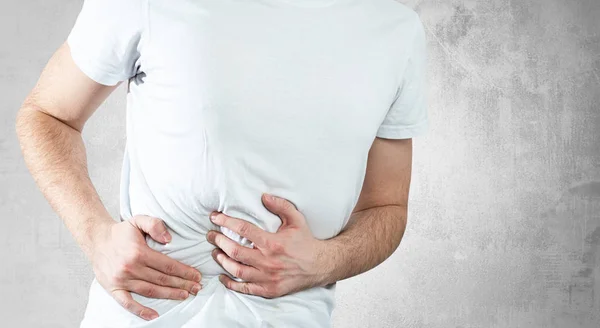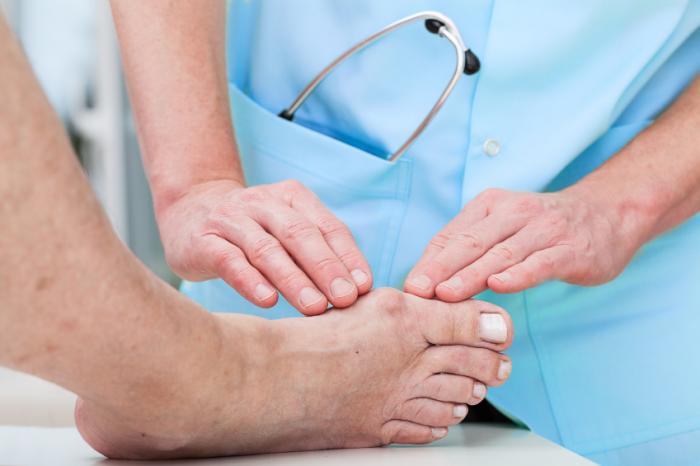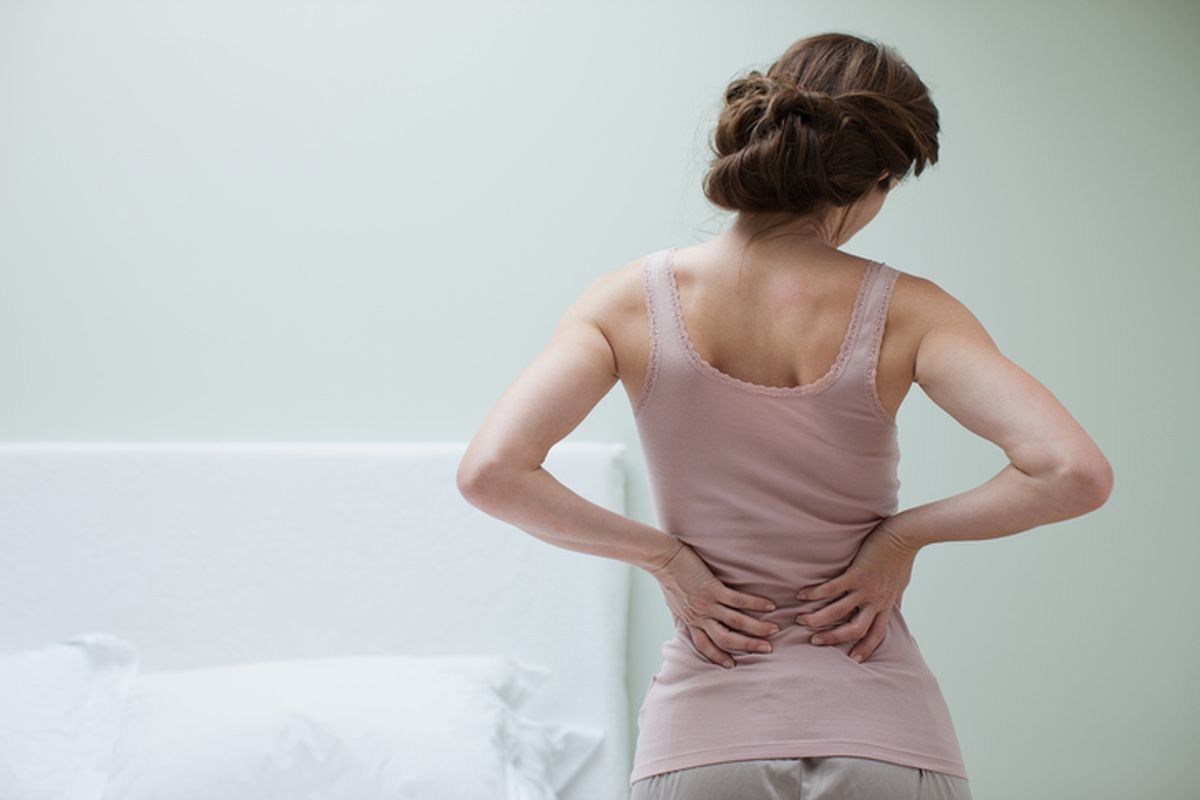The abdominal wall is a crucial component of the human body, providing structural support, aiding in movement, and protecting internal organs. Various conditions can affect the abdominal wall, causing discomfort, pain, and functional impairments. In this article, we will explore ten common conditions that affect the abdominal wall, including diastasis recti in men, inguinal hernia, and others. Each condition will be discussed in detail, including causes, symptoms, diagnosis, and treatment options.
Content
1. Diastasis Recti in Men
Overview
Diastasis recti is a condition characterized by the separation of the rectus abdominis muscles along the linea alba. Although it is commonly associated with pregnancy in women, men can also experience diastasis recti due to various factors.
Causes
- Obesity: Excess abdominal fat increases intra-abdominal pressure, leading to muscle separation.
- Heavy Lifting: Repeated heavy lifting or improper lifting techniques can strain the abdominal muscles.
- Chronic Cough: Conditions causing chronic coughing, such as COPD or smoking, can increase abdominal pressure.
- Aging: Age-related weakening of connective tissue and muscles.
Symptoms
- Visible bulge or ridge running down the midline of the abdomen.
- Lower back pain due to weakened core muscles.
- Poor posture and balance.
- Difficulty lifting heavy objects.
Diagnosis
Diagnosis is often made through a physical examination, where a healthcare provider will measure the gap between the rectus abdominis muscles. Ultrasound imaging may be used for a more accurate assessment.
Treatment
- Physical Therapy: Exercises to strengthen the core muscles and reduce the gap.
- Surgery: In severe cases, surgical repair may be necessary to bring the muscles back together.
2. Inguinal Hernia
Overview
An inguinal hernia occurs when a portion of the intestine protrudes through a weak spot in the abdominal muscles, usually in the groin area.
Causes
- Congenital Weakness: Some people are born with a weakness in their abdominal wall.
- Heavy Lifting: Straining the abdominal muscles can cause a hernia.
- Chronic Coughing: Increases pressure on the abdominal wall.
- Pregnancy: Increases pressure within the abdomen.
Symptoms
- A bulge in the groin area, which may become more apparent when standing or straining.
- Pain or discomfort in the groin, especially when bending over, coughing, or lifting.
- Weakness or pressure in the groin.
Diagnosis
Diagnosis typically involves a physical examination where the doctor checks for a bulge in the groin area. Imaging tests like an ultrasound or CT scan may be used for confirmation.
Treatment
- Watchful Waiting: For small, asymptomatic hernias.
- Surgery: Herniorrhaphy (open surgery) or laparoscopic hernia repair to push the protruding tissue back into place and repair the abdominal wall.
3. Umbilical Hernia
Overview
An umbilical hernia occurs when part of the intestine protrudes through the abdominal muscles near the belly button.
Causes
- Infants: Commonly occurs in newborns if the opening in the abdominal wall through which the umbilical cord passes doesn’t close properly.
- Adults: Increased abdominal pressure from obesity, multiple pregnancies, or previous abdominal surgery.
Symptoms
- A bulge near the belly button.
- Discomfort or pain in the area, especially when coughing, straining, or lifting heavy objects.
Diagnosis
Physical examination by a healthcare provider, sometimes accompanied by imaging tests like an ultrasound or CT scan.
Treatment
- Observation: In infants, umbilical hernias often close on their own.
- Surgery: Recommended for adults and for infants if the hernia is large or doesn’t close by age 4-5.
4. Ventral Hernia
Overview
A ventral hernia occurs when tissue bulges through an opening in the muscles of the abdomen. It can occur at any location on the abdominal wall.
Causes
- Previous Surgery: Incisional hernias can develop at the site of a previous surgical incision.
- Obesity: Increases the risk due to added pressure on the abdominal wall.
- Heavy Lifting and Straining: Can cause a ventral hernia to develop.
Symptoms
- A bulge on the abdominal wall.
- Pain or discomfort, particularly when lifting, coughing, or straining.
- Nausea and vomiting in severe cases.
Diagnosis
Physical examination and imaging tests such as an ultrasound, CT scan, or MRI to determine the size and location of the hernia.
Treatment
- Surgical Repair: Open or laparoscopic surgery to repair the hernia and reinforce the abdominal wall.
5. Abdominal Muscle Strain
Overview
An abdominal muscle strain is a tear or stretch in the muscles of the abdominal wall.
Causes
- Overuse: Repetitive movements or overuse of the abdominal muscles.
- Sudden Movements: Twisting, lifting, or sudden forceful movements.
- Direct Trauma: A blow to the abdomen.
Symptoms
- Sharp or aching pain in the abdomen.
- Swelling and bruising in the area.
- Muscle weakness or stiffness.
Diagnosis
Diagnosis is usually based on the patient’s history and physical examination. Imaging tests like an ultrasound or MRI may be used to rule out other conditions.
Treatment
- Rest: Avoid activities that strain the abdominal muscles.
- Ice: Apply ice packs to reduce swelling.
- Physical Therapy: Gradual reconditioning exercises to strengthen the muscles.
6. Abdominal Wall Endometriosis
Overview
Abdominal wall endometriosis is a rare condition where endometrial tissue grows outside the uterus, particularly in the abdominal wall.
Causes
- Surgical Procedures: Such as cesarean sections, which can transfer endometrial cells to the abdominal wall.
- Spontaneous Spread: Endometrial cells can spontaneously grow outside the uterus.
Symptoms
- Cyclical or chronic abdominal pain.
- A palpable mass in the abdomen.
- Pain associated with menstrual cycles.
Diagnosis
- Imaging Tests: Ultrasound or MRI to identify endometrial tissue.
- Biopsy: To confirm the diagnosis.
Treatment
- Medications: Hormonal treatments to reduce the size of endometrial tissue.
- Surgery: To remove the endometrial tissue.
7. Abdominal Wall Lipoma
Overview
A lipoma is a benign tumor composed of fat tissue, which can occur in the abdominal wall.
Causes
- Genetic Factors: Family history of lipomas.
- Unknown: Often, the exact cause is not known.
Symptoms
- A soft, movable lump under the skin.
- Usually painless, but can cause discomfort if it presses on nerves or organs.
Diagnosis
- Physical Examination: Palpation of the lump.
- Imaging Tests: Ultrasound or MRI to confirm the lipoma.
Treatment
- Observation: If the lipoma is small and asymptomatic.
- Surgical Removal: If the lipoma causes pain or cosmetic concerns.
8. Abdominal Wall Desmoid Tumor
Overview
Desmoid tumors are rare, benign, but aggressive tumors that arise from connective tissue in the abdominal wall.
Causes
- Genetic Mutations: Such as mutations in the APC or beta-catenin genes.
- Trauma or Surgery: Can sometimes trigger the formation of desmoid tumors.
Symptoms
- A firm, non-tender mass in the abdomen.
- Pain or discomfort as the tumor grows and compresses nearby structures.
Diagnosis
- Imaging Tests: Ultrasound, CT scan, or MRI to evaluate the tumor.
- Biopsy: To confirm the diagnosis.
Treatment
- Surgery: To remove the tumor.
- Medications: Nonsteroidal anti-inflammatory drugs (NSAIDs), hormone therapy, or chemotherapy for unresectable tumors.
9. Rectus Sheath Hematoma
Overview
A rectus sheath hematoma is a collection of blood within the sheath of the rectus abdominis muscle.
Causes
- Trauma: Direct blow to the abdomen.
- Anticoagulant Therapy: Increased risk of bleeding.
- Forceful Coughing or Straining: Can cause small blood vessels to rupture.
Symptoms
- Abdominal pain and tenderness.
- A palpable mass in the abdomen.
- Bruising of the skin over the hematoma.
Diagnosis
- Physical Examination: Checking for tenderness and mass.
- Imaging Tests: Ultrasound or CT scan to confirm the presence of a hematoma.
Treatment
- Rest and Observation: Small hematomas may resolve on their own.
- Drainage or Surgery: For large or painful hematomas.
10. Spigelian Hernia
Overview
A Spigelian hernia occurs through the spigelian fascia, which is located between the rectus abdominis and the semilunar line.
Causes
- Congenital Defects: Weakness in the spigelian fascia.
- Abdominal Trauma: Can weaken the fascia and lead to hernia formation.
- Chronic Straining: Increases intra-abdominal pressure.
Symptoms
- A bulge or lump in the abdominal wall.
- Pain or discomfort, especially with physical activity.
- Nausea and vomiting if the hernia becomes incarcerated.
Diagnosis
- Physical Examination: May reveal a bulge in the spigelian fascia.
- Imaging Tests: Ultrasound, CT scan, or MRI to confirm the diagnosis.
Treatment
- Surgery: Open or laparoscopic repair to close the hernia defect.

Carl Clay is a health blog author who has been writing about nutrition, fitness and healthy living for over 10 years. He also loves to run, hike and bike with her wife.













